Classic Cars of the Pre-War Era
By: By Dennis Adler

Classic Cars of the Pre-War Era

{ Just When Everything Was Looking so Good }
The American automotive industry was at the beginning of a styling renaissance in the late 1930s, much of it sparked by the creative thinking and innovative designs of General Motors’ Chief of Design Harley Earl and his protégé Bill Mitchell. By 1939 Detroit was driving headlong into the coming decade with graceful new body designs that shed the old, now “classic” styling of the 1930s.
 Mitchell overturned the tenets of automotive design in the 1930s by making the Sixty Special lower and longer. The large window area combined with the lower roofline changed the appearance of the American car and set a standard that Detroit automakers would follow into the postwar 1940s.
Mitchell overturned the tenets of automotive design in the 1930s by making the Sixty Special lower and longer. The large window area combined with the lower roofline changed the appearance of the American car and set a standard that Detroit automakers would follow into the postwar 1940s. Up until fall 1939 the same was true in Europe where aerodynamic influences in automotive design were reaching new heights, particularly in France. Then everything came to a violent halt one September morning when Germany invaded Poland. The previous month Great Britain and Poland had signed a Mutual Assistance Treaty. The attack on Poland forced England to declare war on Germany two days after the September 1 invasion. The British were immediately joined by France, Australia, and New Zealand, and a week later Canada. Just as in 1914 all of Europe was erupting into battle, with Germany on one side and France and England steadfastly on the other. And just as before, America was taking an isolationist stance and watching from across the Atlantic as events began to unfold.
For the automakers of Germany, France, Italy, and Great Britain, the classic era was over. Automotive assembly lines would soon be turned into factories producing munitions, aircraft engines, fighter planes, bombers, and tanks. Classic Mercedes would become halftracks, elegant Rolls-Royces armored cars, but in America the pre-war modernization of the automobile was running full speed ahead. Certainly the government had one eye on the events unfolding in Europe and was in fact gearing up for the war effort in support of its allies, but none of this was deterring Detroit from its design and marketing plans, at least not in 1939.
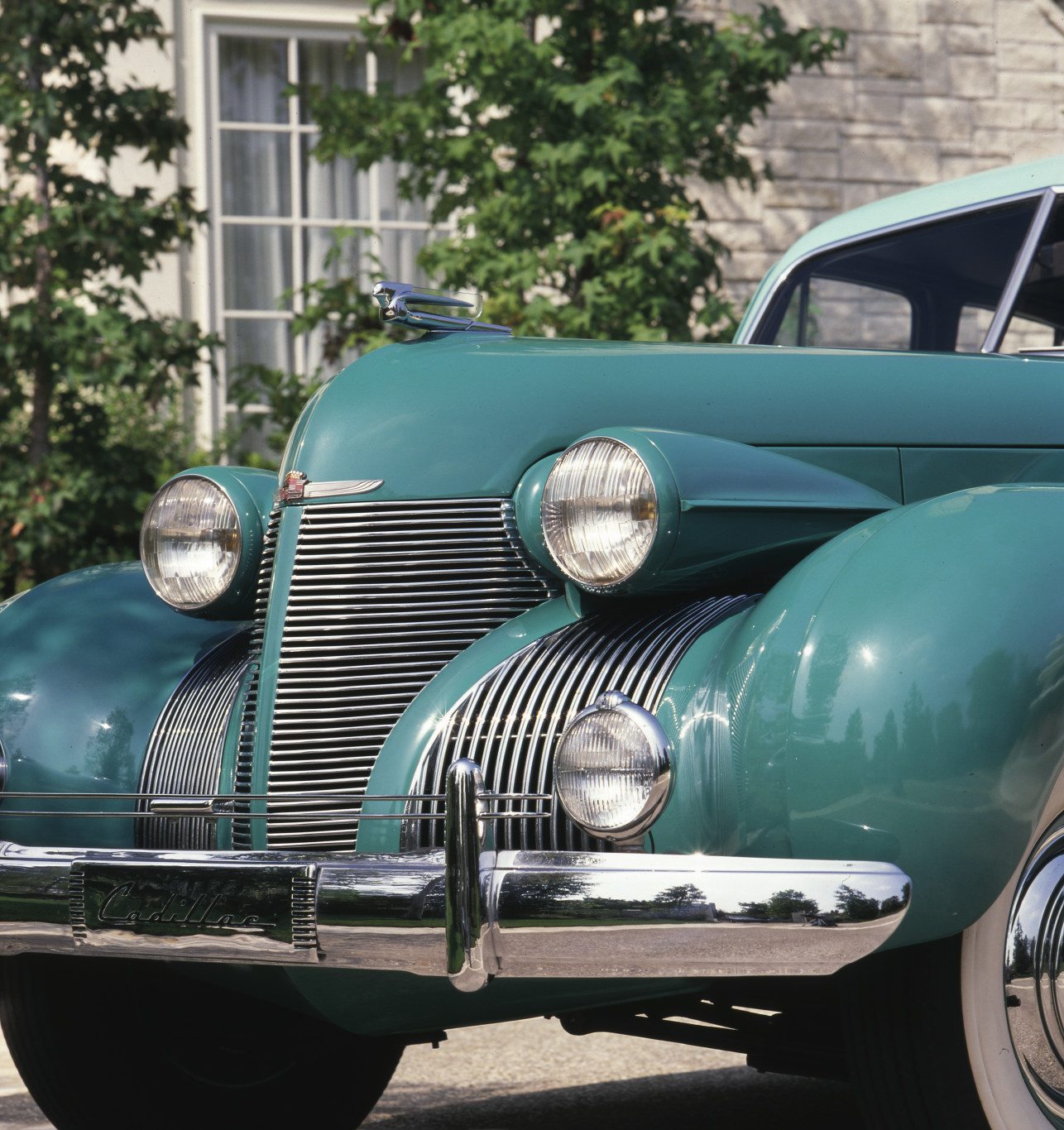
The new look of the late 1930s began with Bill Mitchell’s design for the 1938 Cadillac Sixty Special.
GM and the Shape of Things to Come
A new era of design began at GM in the mid 1930s, first with the Cadillac V16 Aero-Dynamic coupe built for the Century of Progress Exposition, and then, and more importantly, with Bill Mitchell’s first great design under Harley Earl, the 1938 Cadillac Sixty Special. Originally planned to be a new LaSalle model, GM management thought better of it and turned the groundbreaking Mitchell design into a new, smaller, sportier Cadillac. Mitchell broke with several established tenets of automotive design in penning the Sixty Special. He abandoned the principle that a formal car had to be wide and tall. His idea was to give the new four door sedan a trim profile resembling that of a convertible. To achieve this, without the sacrifice of interior room, something which Earl would never have allowed, Mitchell designed the car around a new 127-inch wheelbase double dropped frame. With a kickup at each end for the suspension, and a massive structural “X” member at the center for strength, the double drop design allowed Mitchell to retain the same interior room while lowering the overall height of the car by some three inches at the roofline and extending the length of the body by another three inches. These were to become the first two tenets of Earl’s postwar styling mantra: “Longer, Lower, Wider.”
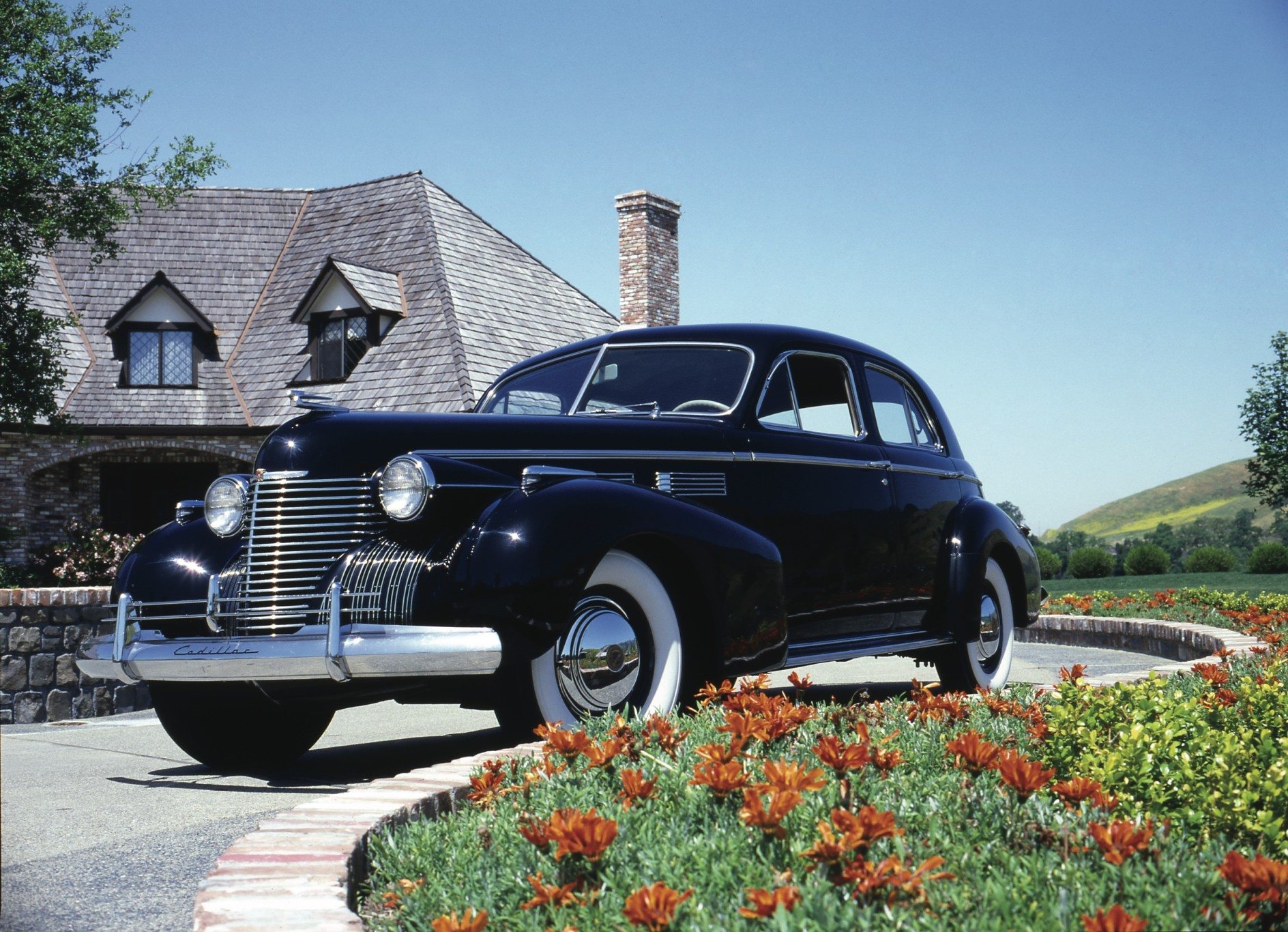
The styling influence of the Sixty Special translated well to the entire Cadillac line. This is a 1940 Series 62 Sedan.
The Sixty Special was a trend-setting design that would influence GM styling throughout the rest of the pre- and postwar 1940s. Among many firsts for GM, the Sixty Special had one very important design characteristic: it was the first American production car to eliminate running boards. This might not seem like much of a change but in 1938 it was revolutionary.
While new styling trends had been set into motion as far back as 1934, it was the 1940 model year, which began just as war broke out in Europe that was to define American styling for the next 10 years. The Sixty Special (now in its third year of production), and the theoretical styling influence of the ’34 V16 Aero-Dynamic coupe (fastback styling) combined with Harley Earl’s benchmark “Y-Job” concept, helped turn a page in American automotive design history that first took root at Cadillac in 1940, and was spreading to the rest of GM’s divisions by 1941.

Less costly than a top- of-the-line limousine, $3,140 vs. $4,045, but no less elegant for 1941, was Cadillac’s Series 75 7-Passenger Touring Sedan. (Jim Quinlan collection)
The Series 62 Cadillacs were the first to exhibit the new look of the ’40s, which very handsomely translated upscale to the more luxurious Series 72 and Series 75 , both of which had begun their styling evolution in 1938 when the Sixty Special first appeared. However, 1940 was only a transitional year. Even more dramatic changes were being held back for 1941 as GM milked the styling evolution for all it was worth, making each new year more desirable than the last, until 1942 when Earl, Mitchell, and GM styling let go with the final volley of designs. GM wowed the automotive world in ’41 and Cadillac set new sales records. Once again it was the Sixty Special that led off the parade, followed by the new fastback Series 61 two and four-door models, the streamlined Series 62 coupes and convertibles, stunning Series 62 four door convertible, new long wheelbase Series 67 sedan, and top-of-the-line luxury Series Fleetwood 75. The looks were fresh and dramatic, but Cadillac wasn’t done yet. The next year, 1942, marked the division’s 40th anniversary. Sadly, it was to be an abbreviated model year which would end in spirit the morning of December 7th 1941, and in fact by early February 1942, along with all civilian automobile production.
Over at East Grand Boulevard
Cadillac was wearing the American luxury car crown rather tenuously after wresting it from Packard, which had really been our nation’s premier luxury marque since the 1910s, despite competition from Cadillac, Lincoln, Peerless, Pierce-Arrow, and dozens of other luxury brands that came and went from the 1900s to the end of the 1930s. Packard had been at the forefront of engineering and design, and what is more, brand recognition. Cadillac may have been the Standard of the World, but Packard was more highly regarded. That distinction was severely undermined during the Great Depression but by the end of the 1930s Packard was once again on the cutting edge and nipping at Cadillac’s heels. The champion of Packard’s renaissance was Howard Dutch Darrin who laid the groundwork for what was to become a success story, albeit a very short one, the 1941 Packard Clipper.
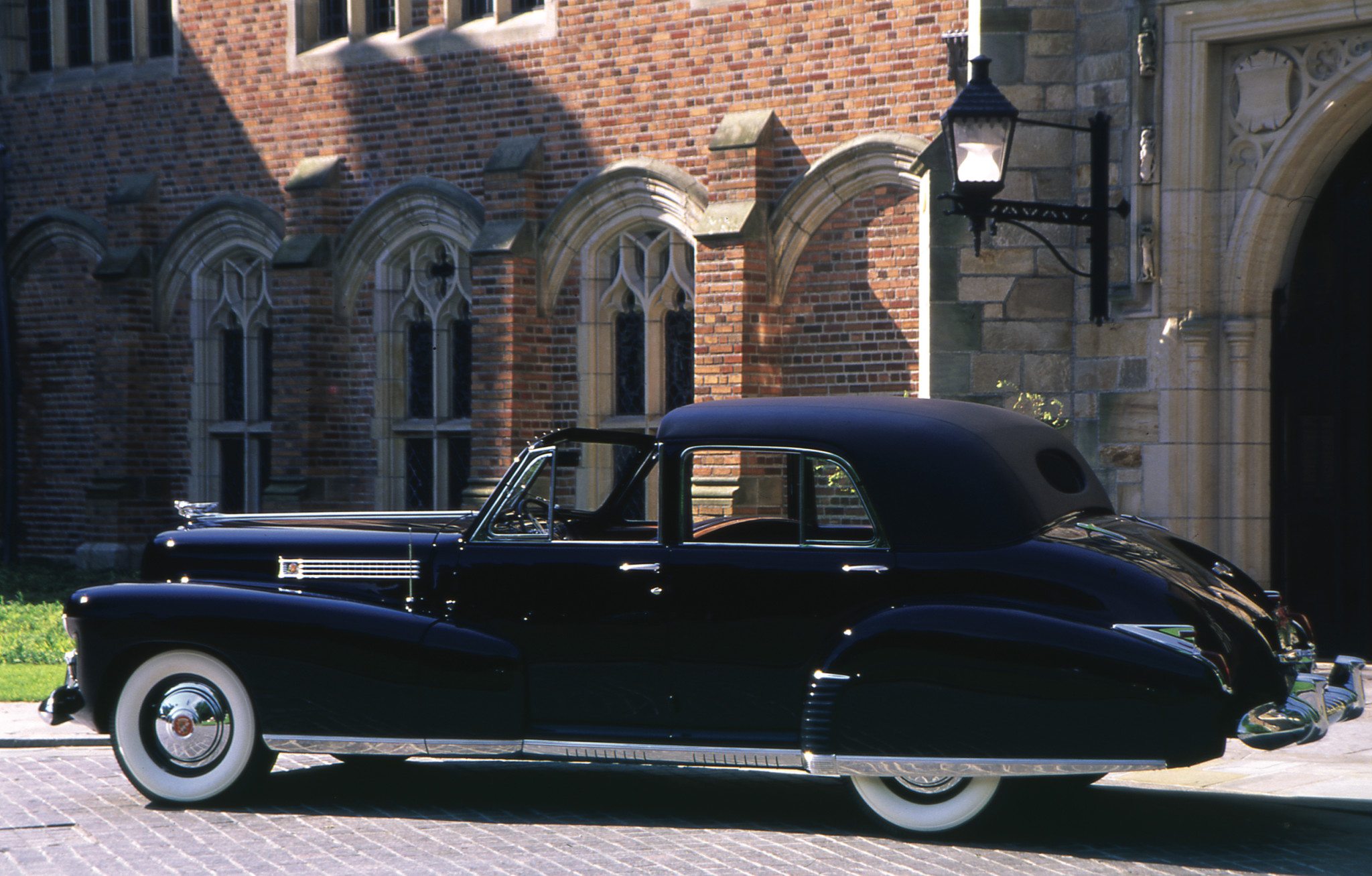
This Sixty Special represents the ultimate in coachbuilt luxury from Cadillac for 1941. This is the only Derham bodied Sixty Special Town Car built. Note the elegant new body lines of the Sixty Special which were introduced in 1941. It is regarded as the most beautiful Sixty Special model built, and even though a four door sedan, the styling rival of Ford’s new Continental. (John McMullen collection)
In the face of GM’s progressive styling in the late 1930s Ed Macauley, Packard’s Director of Design, needed someone to come up with an all-new model for 1941. Macauley, who was the son of Packard chairman Alvan Macauley, had surrounded himself with the best talent available outside of Harley Earl’s Art & Colour Section at General Motors. In addition to Packard chief stylist Werner Gubitz (who had apprenticed under Ray Dietrich in the 1920s, and joined Packard in 1930), he had John Reinhart, (later to design the Continental Mk II for Ford), Phil Wright (designer of the 1933 Pierce-Arrow Silver Arrow), Howard Yeager and Ed Nowacky.
Macauley’s father and Packard’s legendary chief engineer, Jesse Vincent, both suggested that he hedge his bet by going outside the styling studio and commissioning proposals from independent designers. Macauley engaged John Tjaarda and Alex Tremulis of the Briggs Body Company to work up a proposal of their own for a new model, along with independent designers George Walker (later of Ford Thunderbird fame) and Bill Flajole. This was a brain-trust that would have made any automaker beam with pride, but Ed Macauley had one more name to draw out of his hat. Dutch Darrin.
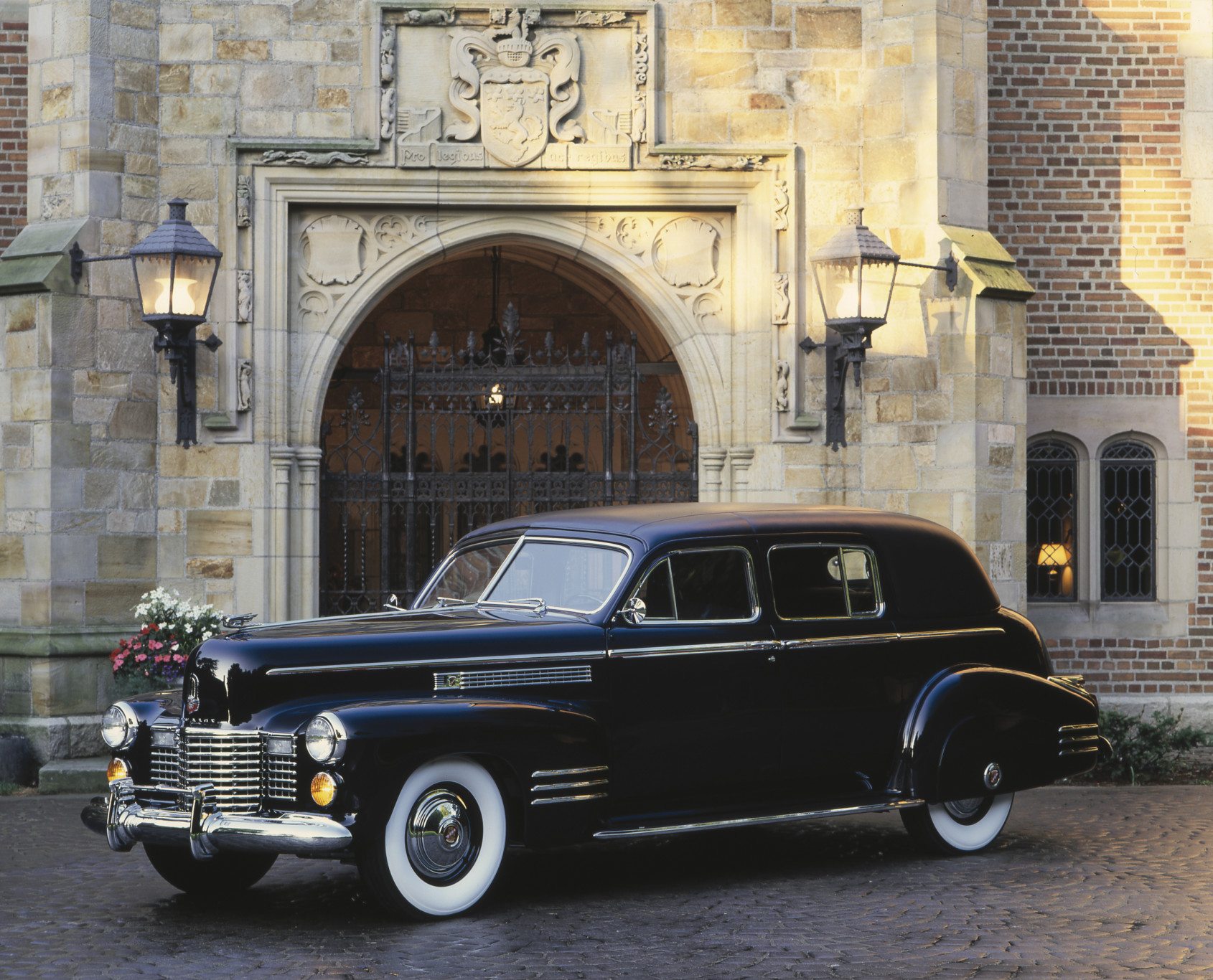
Cadillac extensively restyled its cars for the 1941 model year. Pictured is a Fleetwood Series 75 Limousine model 33F from the collection of Don and Sue Eller.
Macauley contacted Darrin and offered him $1,000 a day if he could come up with a new design in 10 days. It was both an outlandish and impossible request. The reason for the sudden urgency, or the incredible amount of money offered, is not known. The irony of the thing, as Dutch lamented many years later, was that he never got paid for the design which he did in fact complete in 10 days.
Since Packard was Darrin’s largest client at the time, there was very little he could do about it. Orders for Darrin Packards were increased as a kind of backhanded remuneration, and that would have been fine, but before they were put into production, Packard cancelled the additional cars.
Darrin had a long-standing reputation for designing custom bodies that attracted attention, and what Macauley needed now was a production car that would do the same thing. Dutch had given it to him, literally. Macauley came out to California, picked up Darrin’s proposal in the form of a quarter scale clay model, and took it back to Detroit. That was the last Dutch ever saw of it until the 1941 Clipper was introduced.
In a 1982 interview with the author, Briggs stylist Alex Tremulis recalled that when he first saw the clay model on display at Briggs he knew right away that Dutch had done it. “It had all of his characteristic touches, the downward swept beltline, a notchback roof flowing into a beautifully swept rear luggage compartment, and that rakish front fender angle Darrin so often used to accentuate Packard body lines,” recalled Tremulis drawing the shape of the car in the air with his hand, a telltale plume of cigarette smoke lingering for an instant where the roofline would have been.
While the 1941 Packard Clipper certainly had it origins in the Darrin design, the car as it appeared in 1941 was the combined work of the Briggs Body Co. and Macauley’s styling studio at Packard. Macauley turned the clay over to Werner Gubitz and the company’s design committee, which made some minor changes, “…vandalized it,” as Darrin later remarked upon seeing the 1941 models, by shortening the front fender sweep so that it faded mid way through the front door, and raising the beltline, thus doing away with the stylish Darrin dip. Packard also decreased the size of the rear window, but the most offensive change to Dutch’s sensibilities was the addition of running boards concealed by curved panels built out from the base of the doors and fenders. Darrin detested the use of running boards. Mitchell had done away with them on the Cadillac Sixty Special, but Gubitz put them back. Even with these changes to Darrin’s original design, the 1941 Packard Clipper looked fantastic. Dutch Darrin had accomplished what no one had done for Packard in more than a decade; he had created a car that was completely new, yet distinctively Packard.

Styling changes came once more with the new 1942 Cadillac models. This regal Series 67 Limousine showed the shape of things to come.
A bold departure from traditional styling, the Clipper was 12-inches greater in width than in height, making it the widest passenger car then in production, and the Clipper’s lower roofline was not at the expense of interior headroom. Just as Mitchell had done to achieve a lower roofline with the Sixty Special, the Clipper was built on a double drop frame, which brought the floorpan closer to the ground permitting interior dimensions to remain unchanged, while allowing a noticeably lower and sleeker exterior.
The Clipper’s construction broke as much new ground as did the body styling. Unlike previous designs which had utilized separate pieces for much of the body, the Clipper’s exterior panels were largely made up of individual stampings. The hood, grille, and each quarter panel (fenders) were formed from single sheets of steel. The entire roof was a single stamping from the windshield to the deck lid. The Clipper was also one of the first American cars to locate the battery under the hood, rather than beneath the front or rear seat, and to employ a floor-mounted starter switch, activated by turning on the ignition key and depressing the gas pedal to the floor.
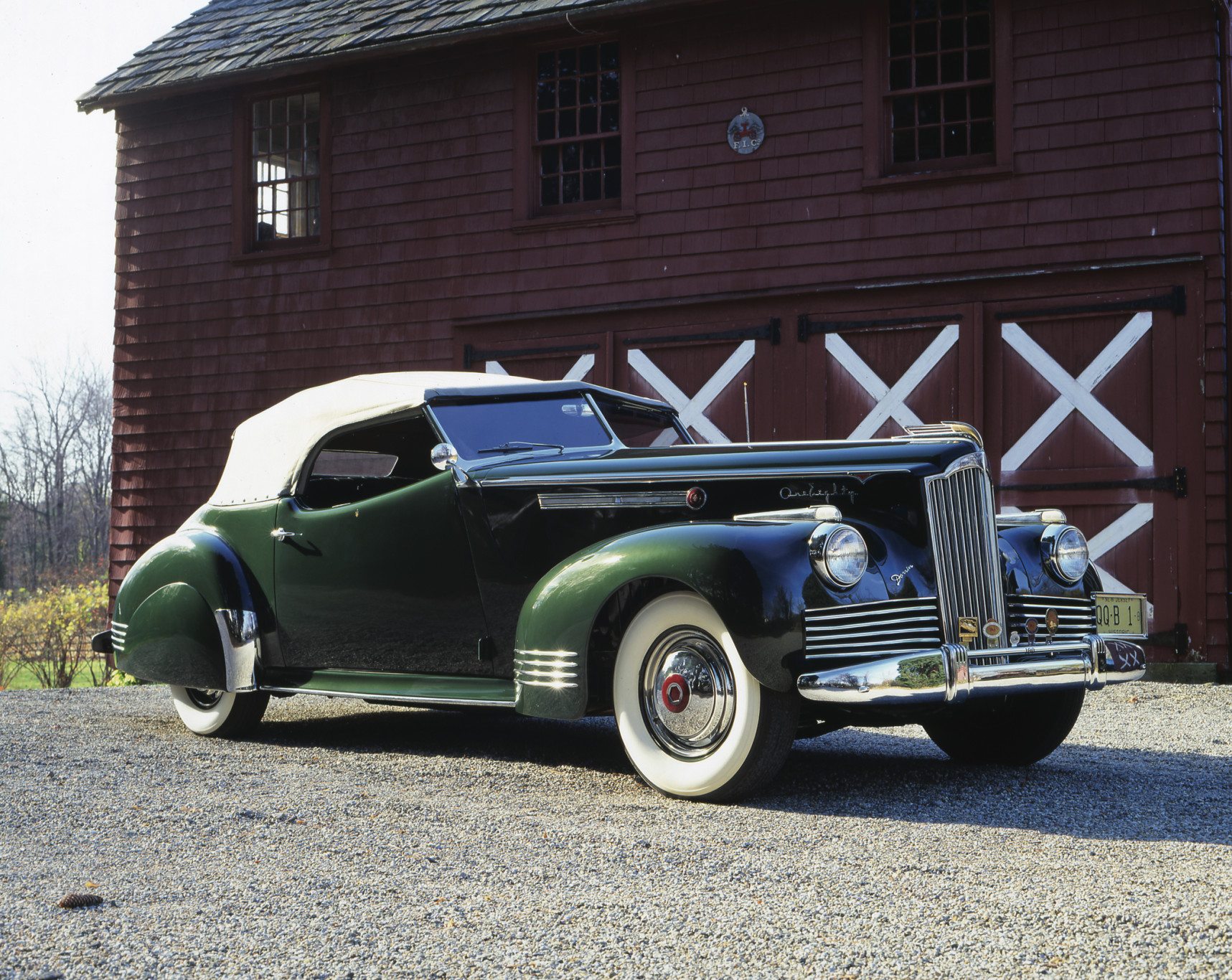
The classic era was not exactly laid to rest in the pre-war ’40s. The Darrin Packards were still being built in limited numbers and exhibiting all of the glamour and style that had made Packard America’s preeminent luxury marque. (Bob Turnquist Collection)
Although they were originally powered by the smaller 282-cubic-inch straight eight used in the Packard One-Twenty, Clippers were built on the 127-inch wheelbase chassis normally reserved for the One-Sixty and One-Eighty models. A mid-year car, Clippers did not start arriving in dealer showrooms until April 1941.
Only available as a four-door sedan, the Clipper was an immediate success. In the first year, which for the Clipper was shortened to only seven months, Packard sold 16,600 cars with a base price starting at $1,375. This represented a sizable percentage of 1941 model year sales, which totaled 72,855 cars.
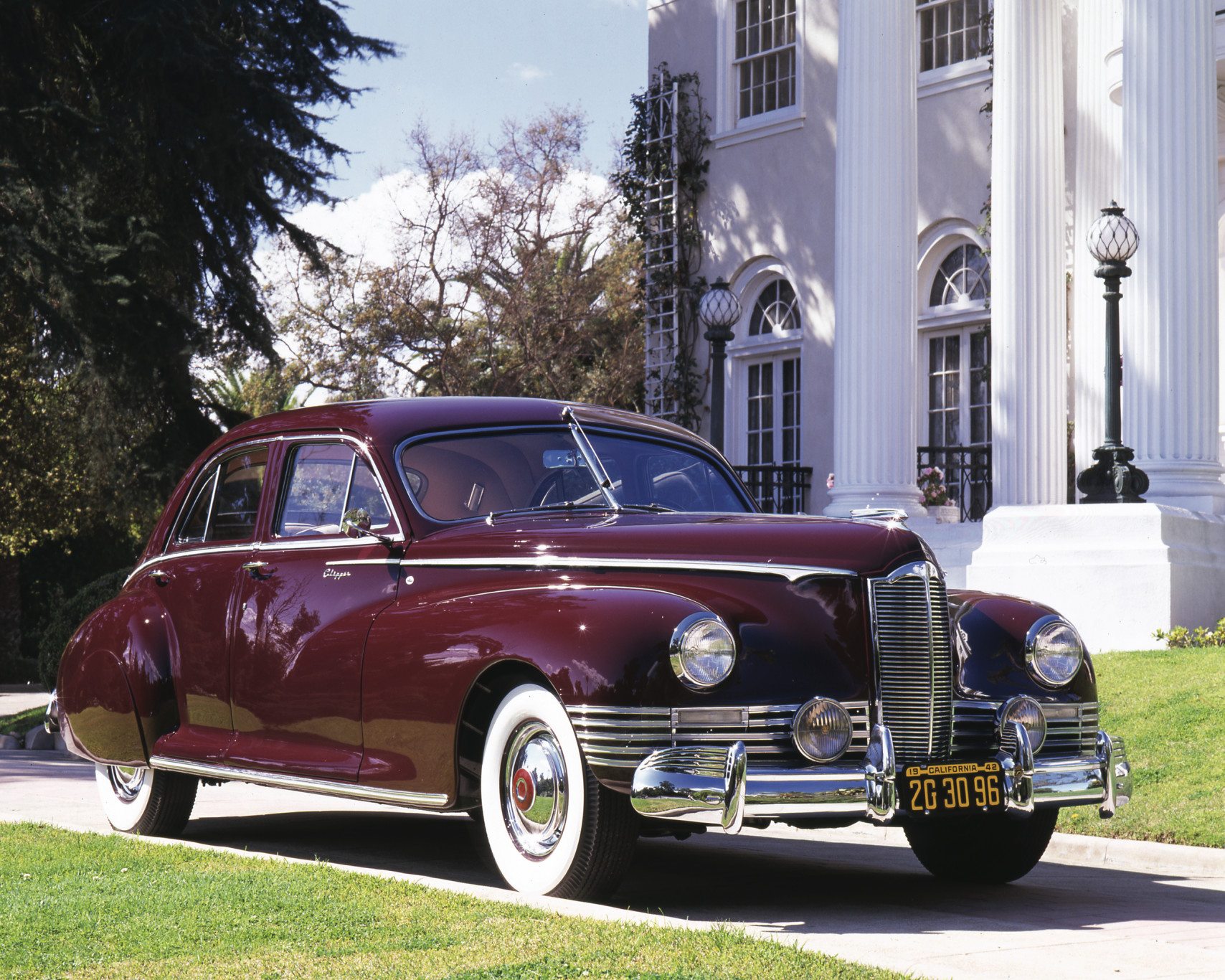
The body said Packard; the styling had Dutch Darrin written all over it. The new 1941 Clippers were the most advanced American automobiles on the road, not only in styling, but engineering and construction. Sadly by 1946 the all-new Clipper was just another pre-war car, and as Packard dashed desperately back into postwar production the company stumbled, abandoning the elegant Darrin design for a new and unsuccessful body style that set East Grand on the road to ruin.
The 1942 model year began in August of ’41, and with it Packard expanded the Clipper line to include One-Sixty and One-Eighty series sedans, a new One-Eighty Fastback (designed in-house by Packard) and lower-priced Clipper Six and Clipper Eight models, built on a shorter 120-inch wheelbase. With the exception of the old One-Ten, now renamed the Packard Six and fitted with convertible-coupe coachwork, and the standard Packard Eight, also with 1941 convertible-coupe styling, Packard models were Clipper designs except for custom coachwork (available from Rollson and LeBaron), and of course, the semi-custom Darrin Victorias being built in Connersville, Ind.
In 1942 the One-Eighty Clipper series offered one of the most powerful production engines available in America, Packard’s 356-cubic-inch, 165-horsepower straight eight. One-Eighty Clippers, like the handsome burgundy touring sedan pictured, were treated to interior furnishings similar to Packard’s older style Senior models, including a choice of six tailored broadcloth upholstery materials, rear center arm rest, wool carpeting, walnut grained instrument panel and window trim, and a walnut grained smoking set built into the front seatback.
The Clipper was the most stunning new car Americans had seen in years, but its future, like that of every new American car for 1942 was doomed. The new Packards had barely arrived in dealer showrooms when Japan attacked Pearl Harbor and America was drawn into World War II. This was the end for Detroit’s avant-garde styling of the 1940s, a look that would age during the war years and, despite having represented the brightest and best in 1942, would be regarded as “warmed over pre-war cars” by 1946.
No politics, no religion, no instagrams, and commentary must be civil. The ToS and the CoC will be enforced, and anything that the administrator deems to be offensive will be deleted. YouTubes, videos and images that the administrator is unable to open must be described and explained or they will be deleted.
 Article is LOCKED by moderator [Buzz of the Orient]
Article is LOCKED by moderator [Buzz of the Orient]

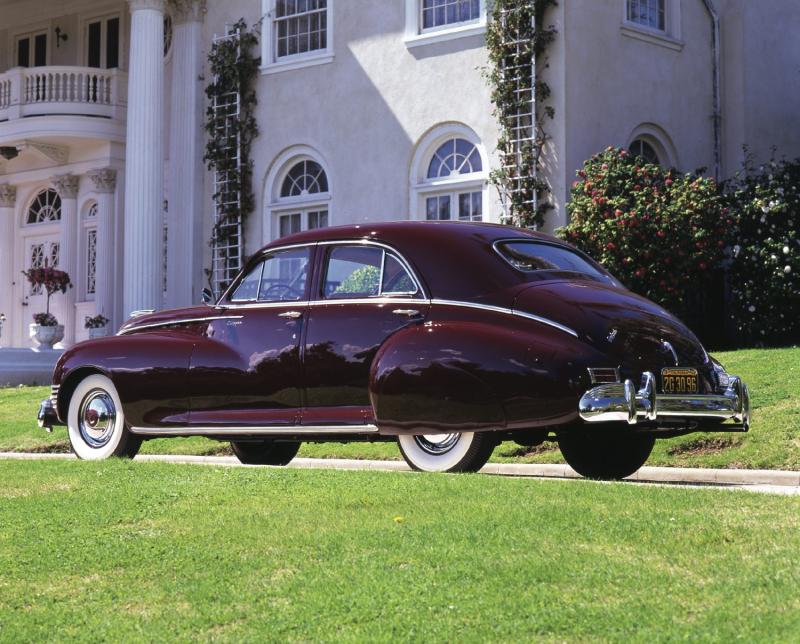

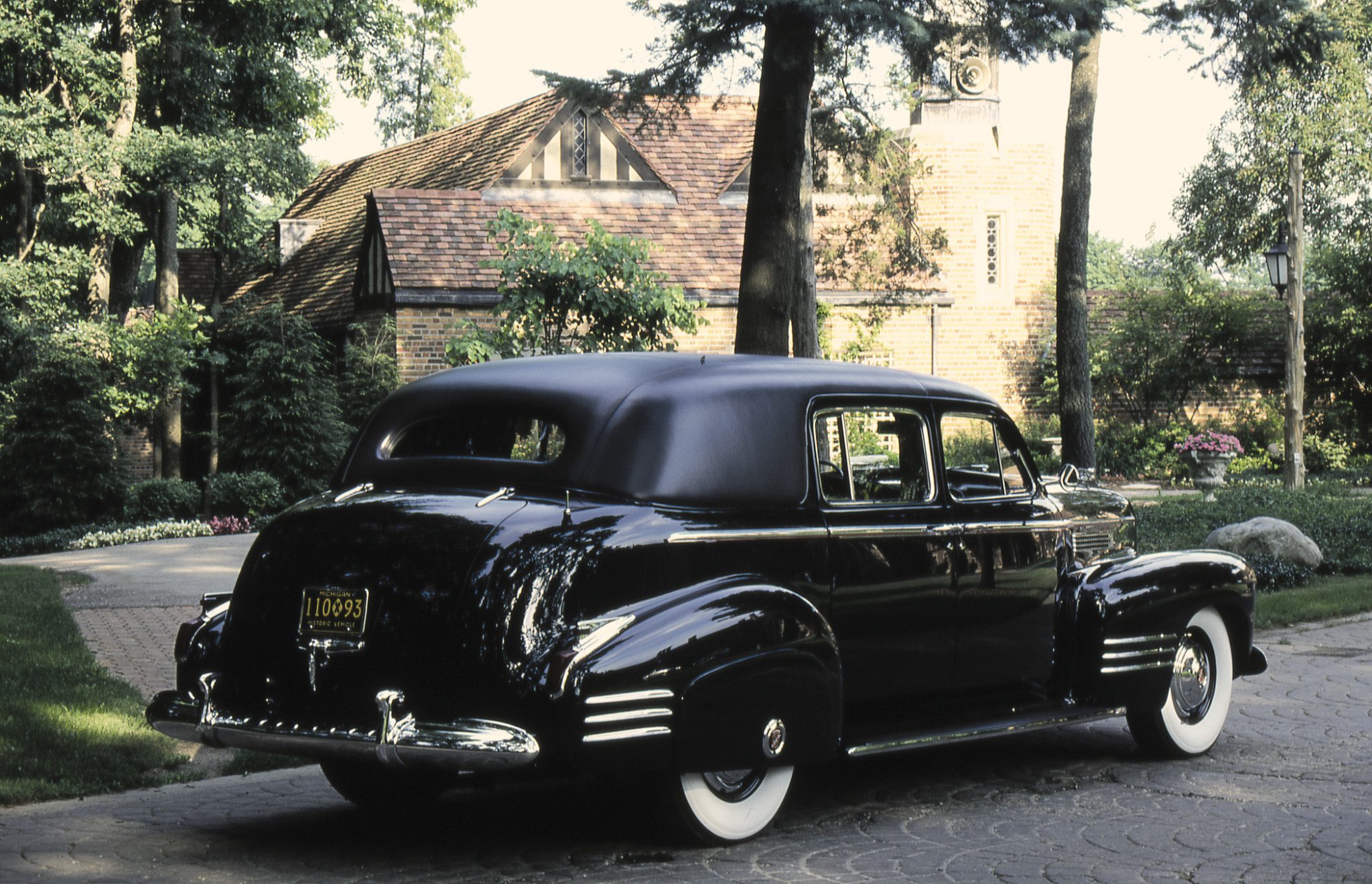
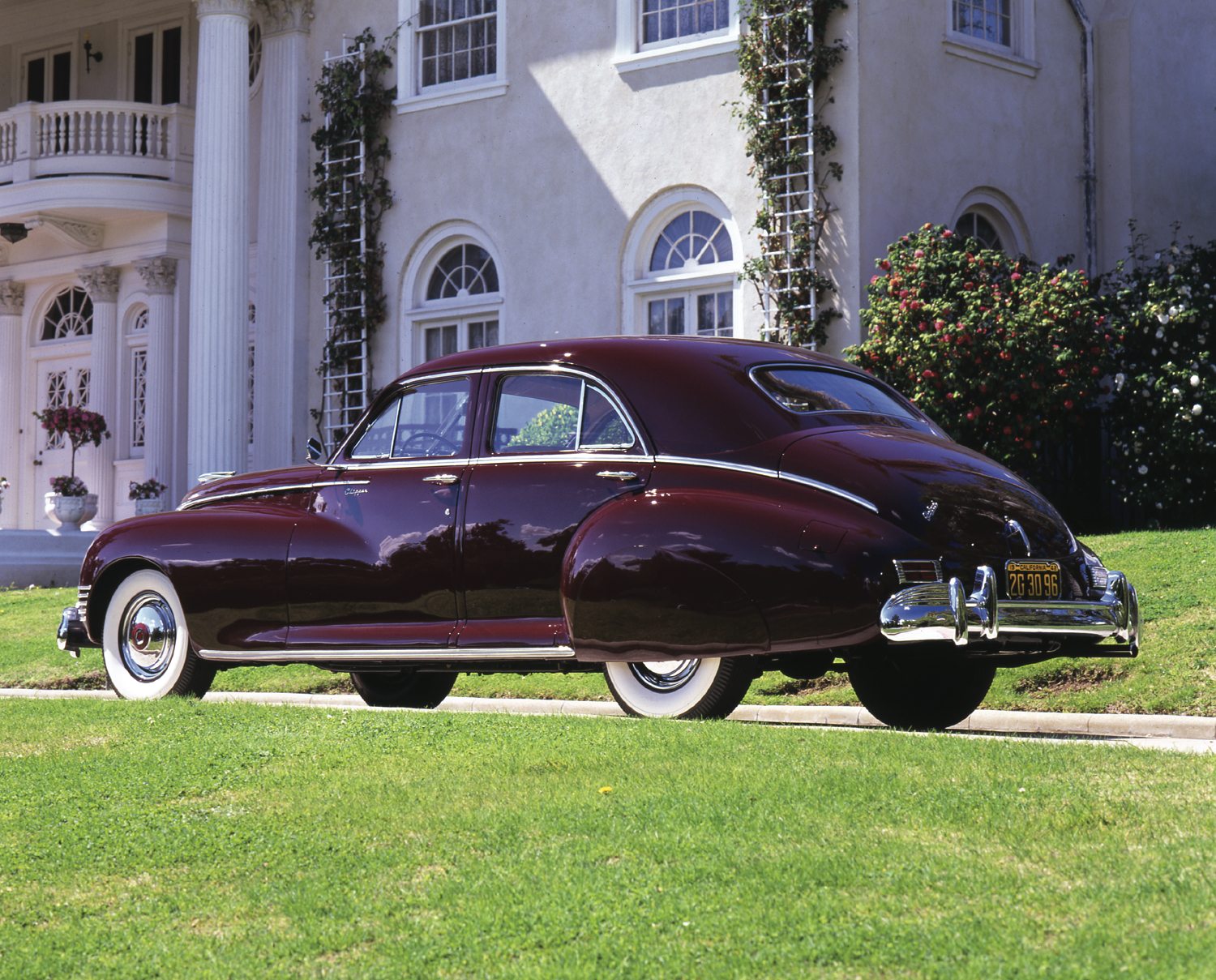




Can you fall in love with a car? I just fell in love with this one....
We had a 1941 Chevrolet special deluxe that was 11 years old when my dad bought it but we thought it was brand new.
Looks pretty good to me.
The NT members have spoken - actually by NOT speaking - so for next while I don't intend to bore them with articles that are not about the loves of their lives - politics, guns and football. My time is better spent watching more movies.